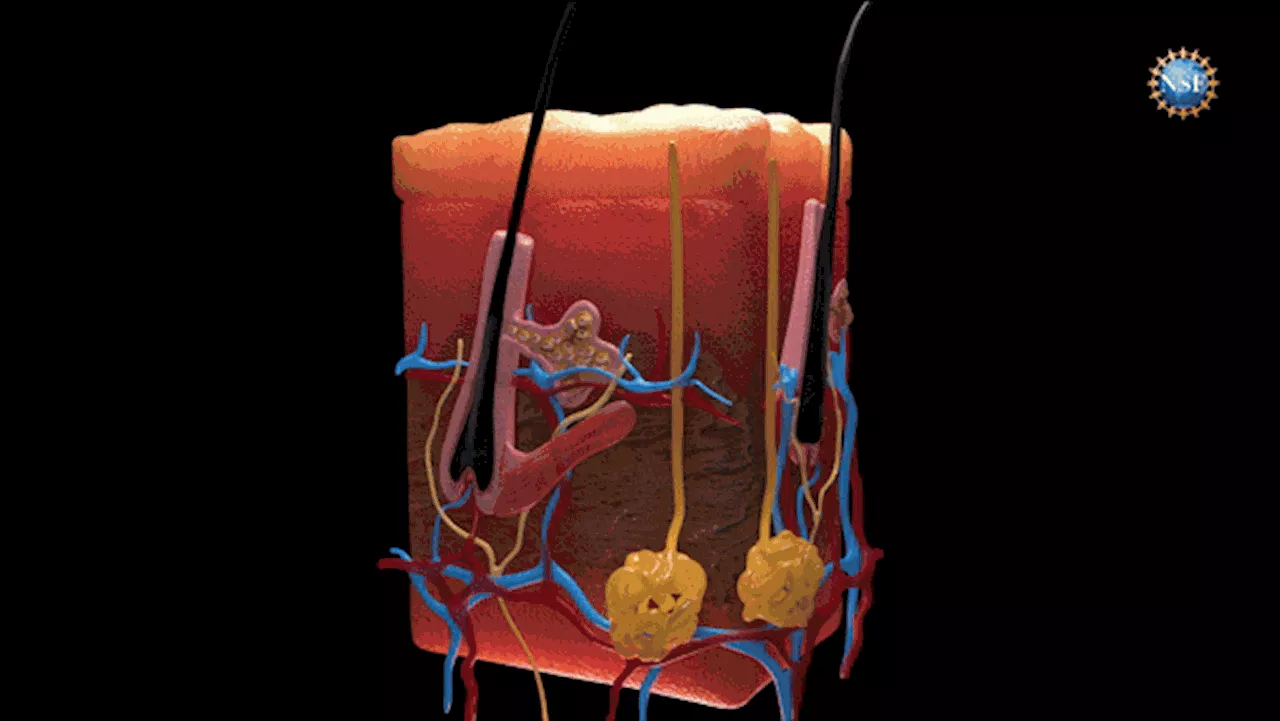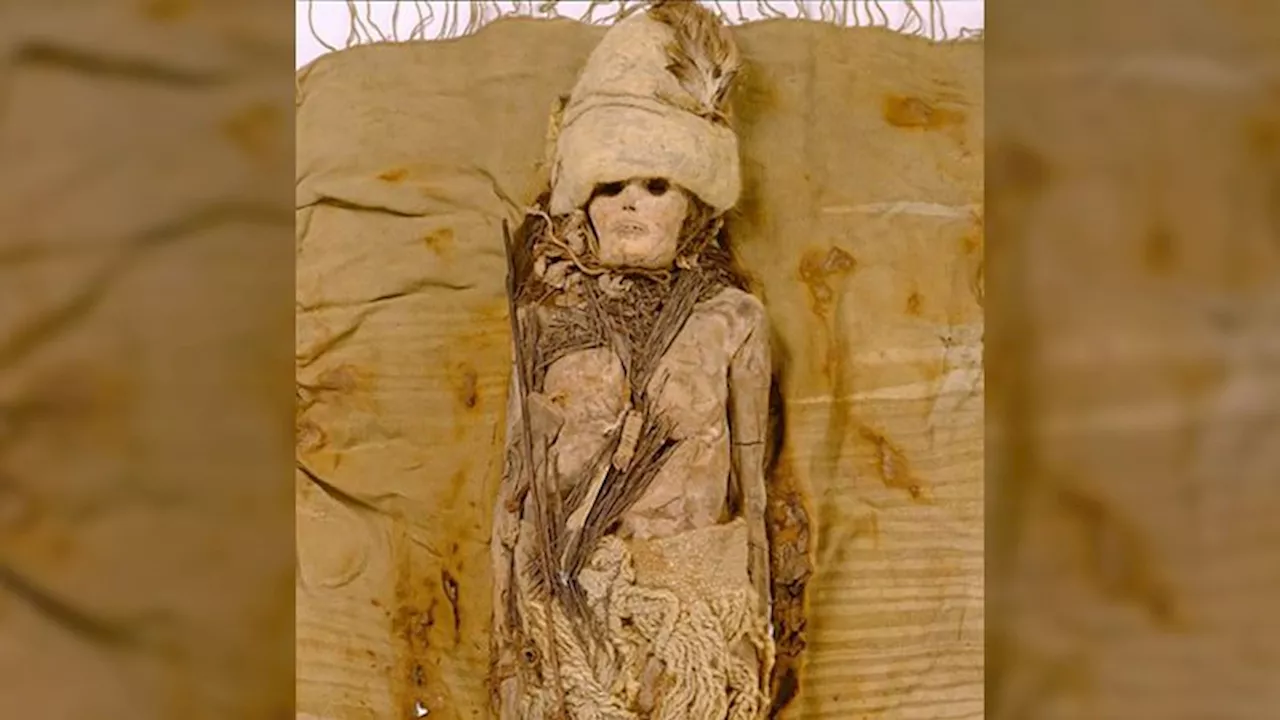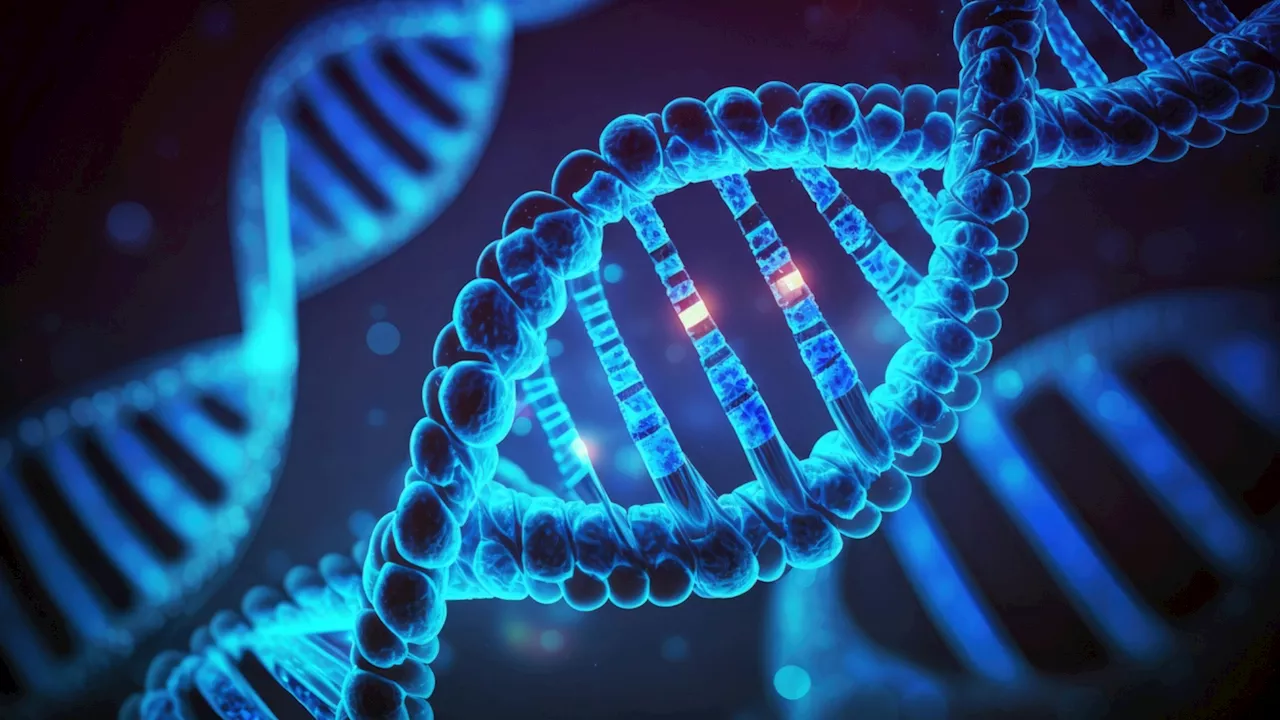Scientists use patterns of chemical changes in DNA to create 'age clocks' that estimate biological age, revealing how fast someone is aging.
The researchers found that CheekAge was closely linked to mortality in long-term data, outperforming earlier epigenetic clocks that were trained using blood sample data.Researchers in the United States have created a next-generation tool named CheekAge, which uses methylation patterns found in easily obtainable cheek cells.
Epigenetic markers are chemical changes to DNA that don’t alter the genetic code but can affect how genes work. Methylation is one such change, often linked to aging. Scientists use these patterns to create “age clocks” that estimate biological age, revealing how fast someone is aging. These participants were part of the University of Edinburgh’s Lothian Birth Cohorts program and had been monitored throughout their lives.
The researchers found that CheekAge was closely linked to mortality in long-term data, outperforming earlier epigenetic clocks that were trained using blood sample data.
Cheek Swab Epigenetic Markers Methylation
United States Latest News, United States Headlines
Similar News:You can also read news stories similar to this one that we have collected from other news sources.
 Scientists reveal mechanism of maternal protein Pramel15 in promoting DNA demethylation in mouse zygotesDNA methyltransferase 1 (DNMT1) is an important DNA methyltransferase that maintains DNA methylation. The retention of DNMT1 and its cofactor UHRF1 in the cytoplasm is considered a major reason for passive DNA demethylation in the oocyte and early embryonic development.
Scientists reveal mechanism of maternal protein Pramel15 in promoting DNA demethylation in mouse zygotesDNA methyltransferase 1 (DNMT1) is an important DNA methyltransferase that maintains DNA methylation. The retention of DNMT1 and its cofactor UHRF1 in the cytoplasm is considered a major reason for passive DNA demethylation in the oocyte and early embryonic development.
Read more »
 Scientists Make Living Mice’s Skin Transparent with Simple Food DyeNew research harnessed the highly absorbent dye tartrazine, used as the common food coloring Yellow No. 5, to turn tissues in living mice clear—temporarily revealing organs and vessels inside the animals
Scientists Make Living Mice’s Skin Transparent with Simple Food DyeNew research harnessed the highly absorbent dye tartrazine, used as the common food coloring Yellow No. 5, to turn tissues in living mice clear—temporarily revealing organs and vessels inside the animals
Read more »
 There's One Simple Strategy That Works to Reduce Alcohol Intake, Scientists SayThe Best in Science News and Amazing Breakthroughs
There's One Simple Strategy That Works to Reduce Alcohol Intake, Scientists SayThe Best in Science News and Amazing Breakthroughs
Read more »
 DNA from 3,600-year-old cheese sequenced by scientistsScientists have sequenced DNA from 3,600-year-old cheese, the oldest in the archaeological record. The intact cheese was found with mummified remains in China.
DNA from 3,600-year-old cheese sequenced by scientistsScientists have sequenced DNA from 3,600-year-old cheese, the oldest in the archaeological record. The intact cheese was found with mummified remains in China.
Read more »
 Scientists develop method to control timing of synthetic DNA droplet divisionMany cellular functions in the human body are controlled by biological droplets called liquid-liquid phase separation (LLPS) droplets. These droplets, made of soft biological materials, exist inside living cells but are not enclosed by membranes like most cell structures.
Scientists develop method to control timing of synthetic DNA droplet divisionMany cellular functions in the human body are controlled by biological droplets called liquid-liquid phase separation (LLPS) droplets. These droplets, made of soft biological materials, exist inside living cells but are not enclosed by membranes like most cell structures.
Read more »
 Scientists encode 11.28 MB of brain MRI data into 250,000 DNA sequencesInterestingly, the team successfully encoded 11.28 megabytes of brain MRI data into roughly 250,000 DNA sequences.
Scientists encode 11.28 MB of brain MRI data into 250,000 DNA sequencesInterestingly, the team successfully encoded 11.28 megabytes of brain MRI data into roughly 250,000 DNA sequences.
Read more »
